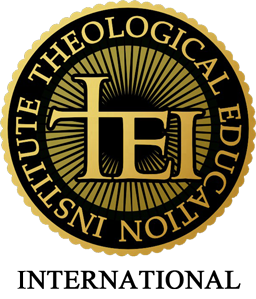The Name of the Emancipation Party
Rev. John Clifford Rankin
The Emancipation Proclamation by Abraham Lincoln in 1863 addresses the release of American Blacks from slavery, later codified in the Thirteenth, Fourteenth and Fifteenth Amendments to the United States Constitution.
The front of the 1797 English abolitionist coin shows a Black man in chains and pleading:
- “Am I not a man and a brother?”
On the reverse it says:
- “May slavery and oppression cease throughout the world.”
In the classic French hymn, O Holy Night, first performed in 1847, which migrated quickly to England, the third verse combines both sides of the coin:
- “Chains shall He break for the slave is our brother, and in His name all oppression shall cease.”
And on the 1838 American abolitionist coin, the front shows a Black woman in chains and pleading:
- “Am I not a woman and a sister?”
On the reverse, it says:
- “United States of America” on the perimeter, and “Liberty” in the center.
Any form of top-down government, whether writ large or small, moves toward totalitarian and de facto enslaving power. The Emancipation Party moves toward freedom for all people equally, as image-bearers of God, within the boundaries of affirming and protecting the lives, liberties and properties of all others simultaneously.
The 1857 U.S. Supreme Court Dred Scott decision dehumanized Black men and woman, and the 1868 Fourteenth Amendment overturned it and gave constitutional personhood to a people who had been denied it. But the 1973 U.S. Supreme Court Roe v. Wade decision perverted the Fourteenth Amendment, using it to deny constitutional personhood to the unborn who previously had a measure of it. The abolition of human slavery and the abolition of human abortion go hand in hand. And today the evil of human slavery hides under the abortion ethos where Black children are aborted at three times the rate of any other lineal group.
- And at a personal level, my ancestral cousin, the Rev. John Thomas Rankin (1793-1886) was known as the “manager of the underground railroad” for his 44 years of courageous work in Ripley, Ohio, across the river from slave-holding Kentucky. Harriet Beecher Stowe was a colleague and her compelling story of “Eliza” in Uncle Tom’s Cabin was taken from John Rankin; and the Boston abolitionist leader William Lloyd Garrison credited John Rankin as his intellectual mentor in the abolition fight, especially for his well circulated Letters on American Slavery. Also see Ann Hagedorn’s 2002 book, Beyond the River, an excellent, compelling and historically accurate story of his life. The rest of my ancestral lineage has many Presbyterian ministers and many courageous abolitionists. I did not choose such a heritage, but I embrace it with gratitude.
###


